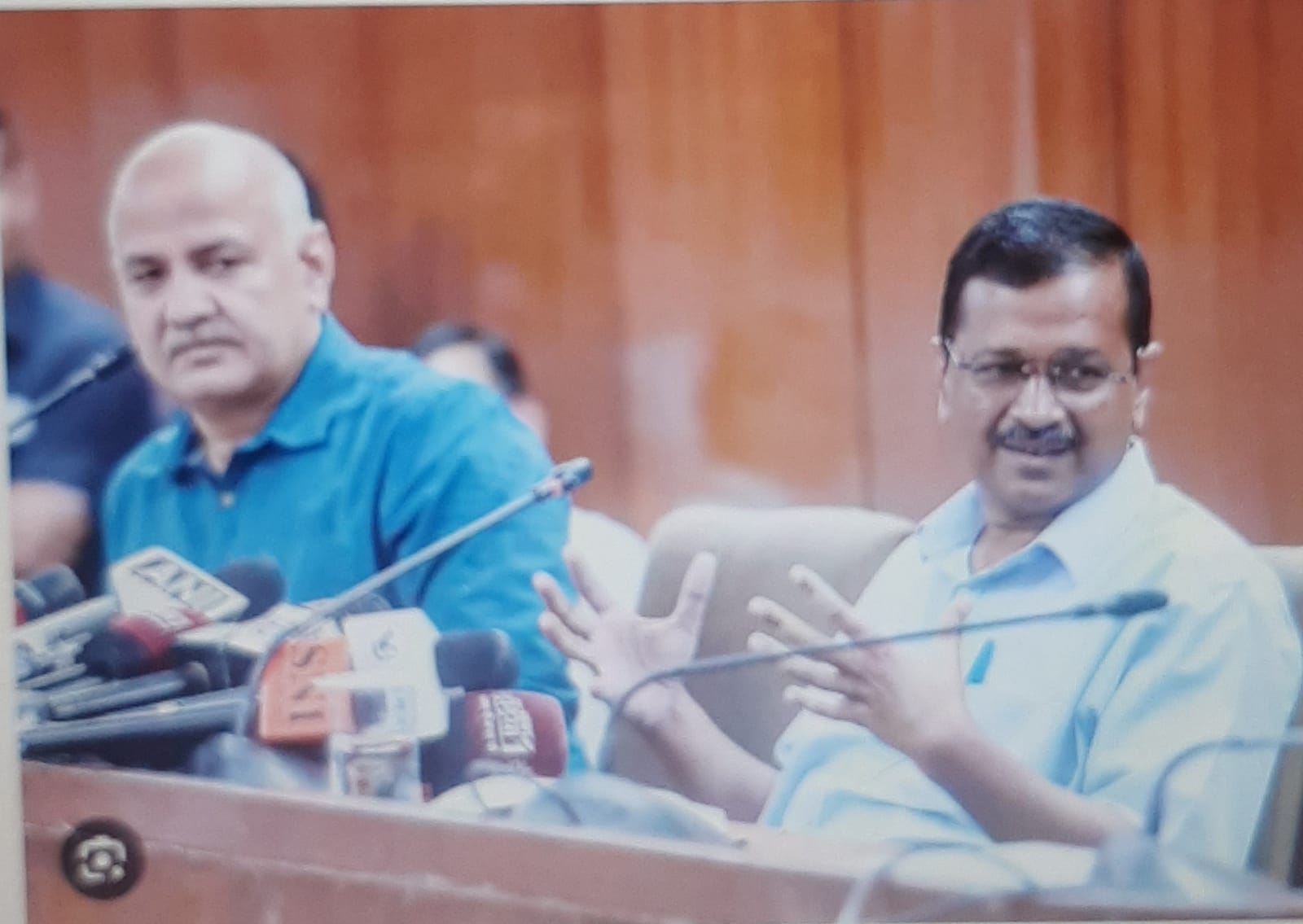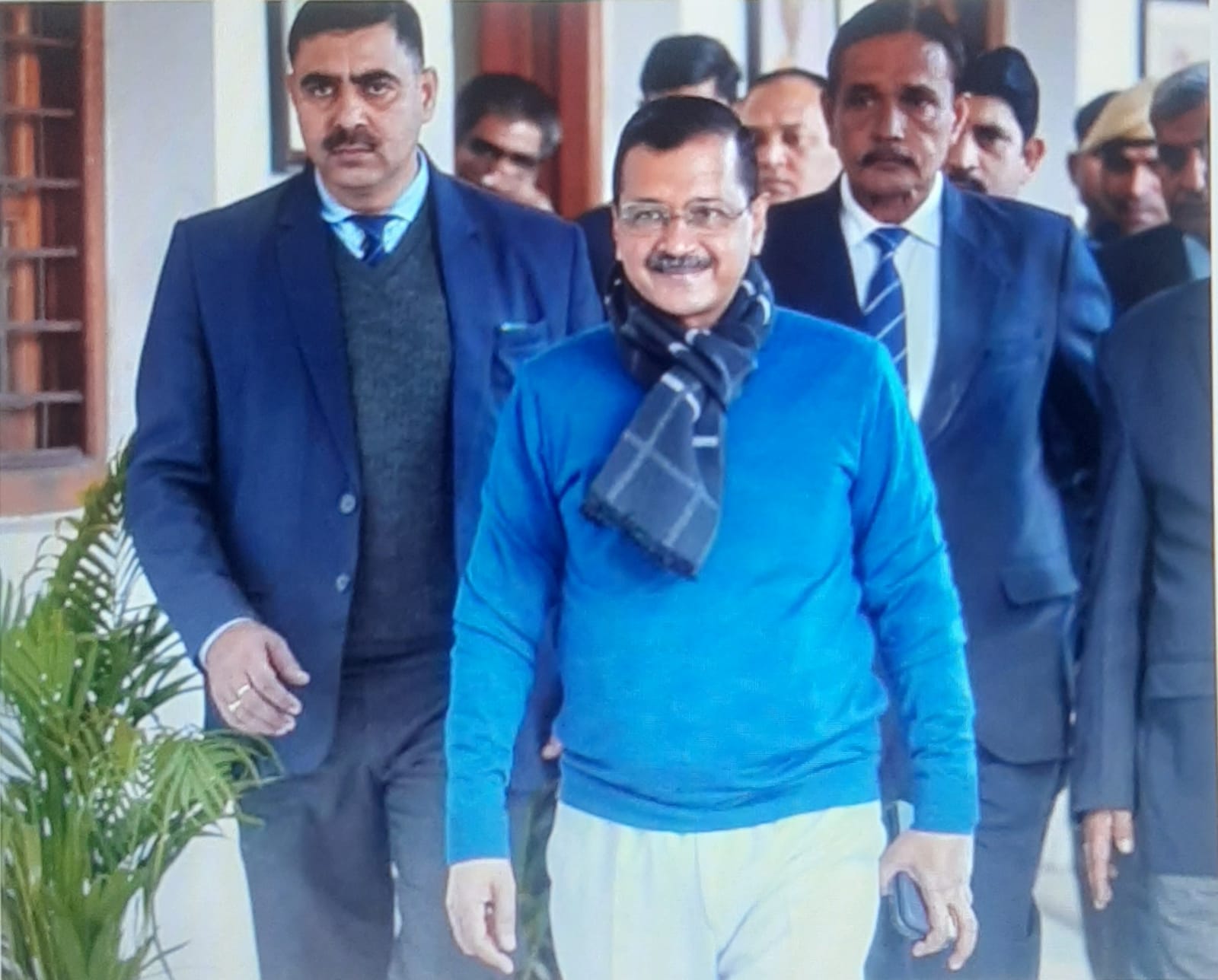
New Delhi: Finance Minister Nirmala Sitharaman delivered the longest Budget speech ever clocking 2 hours 40 minutes and beating her own record of 2 hours 17 minutes created last year. The gap would have been higher (by about 2 more mts) had she not cut it short after feeling unwell. The speech delivered in English was peppered with four verses (one each in Kashmiri and Sanskrit and two in Tamil), a reference to Sindhu Saraswati (that’s Indus Valley Civilisation) and at least six “very important” points.
A realisation: From skipping mentioning fiscal deficit in her first budget speech last year (she mentioned it informally after ending her speech), the finance minister on Saturday said: “every budget must appropriately address the issue of fiscal deficit.” The government will stretch its finances this year and likely have a bigger hole on its books (3.8% fiscal deficit instead of 3.3%).
The optimism: The government has estimated a nominal GDP growth of 10% for 2020-21 “based on the trends available.” Some say that’s being too optimistic as last year’s 12% assumption had to be scaled down by a massive 4.5% by the end of the year. Based on the GDP growth estimates, the government hopes to earn Rs 22.46 lakh crore in 2020-21 and spend Rs 30.42 lakh crore. It plans to borrow Rs 5.36 lakh crore from the market to bridge some of the gap. The Budget has also set a divestment target of Rs 2.1 lakh crore. That’s almost twice this year’s target and more than the total receipts through divestments in the past five years.
A complicated ‘simplification’: Taxpayers earning up to Rs 15 lakh a year will soon have the option of migrating to a new scheme which has lower tax rates but gets rid of most exemptions. However, the move to “simplify” the tax regime has ended up creating more tax slabs and the “option” of a new structure will complicate it further.
The finance minister said in her speech that a taxpayer earning Rs 15 lakh will save Rs 78,000 in tax under the new regime. In reality, if the taxpayer claims deductions for Rs 2.5 lakh (Rs 50,000 standard deduction, Rs 1.5 lakh under 80C and Rs 50,000 contribution to NPS), his tax will not change. If he also claims house rent allowance (HRA) exemption or home loan interest deduction of Rs 2 lakh, his tax in the old regime would be lower by Rs 46,800.
The finance minister has proposed a public listing of the Life Insurance Corporation (LIC), India’s largest financial institution and the biggest domestic investor in stocks. If it happens, LIC could emerge as the most valued listed firm overtaking the likes of TCS and RIL. The insurer manages assets worth over Rs 31 lakh crore and accounts for over two-thirds of the new business insurance premium.
An old idea: In 2018, the International Monetary Fund had asked the government to remove the explicit sovereign guarantee on every LIC policy and convert the 64-year-old big daddy of insurance into a company. In 2013, the Financial Sector Legislative Reforms Commission had advised the UPA government to do the same. The reason: customers choose to buy LIC policies over those offered by private insurers due to the guarantee, giving LIC an unfair competitive advantage.
It’s not easy: While LIC’s money comes from the premium paid by policyholders, it is also an investor and the government has been the biggest beneficiary of this. The insurer has been used by successive governments to boost their divestment programmes by forcing it to buy shares that other investors were not interested in. It has been the government’s bailout agent that has bought and sold shares to perk up the markets or in line with the government’s requirements. It has also been a source of funds for central and state governments when it bought bonds issued by them.
It’s complicated: Unlike other insurers, LIC is a statutory corporation that was set up by an act of Parliament in 1956 after 245 Indian, foreign insurers and provident societies were taken over by the central government and nationalised. To turn it into a company for listing, Parliament will have to first amend or repeal the LIC Act. The government had earlier converted financial institutions like IFCI, IDBI and UTI into companies under the Companies Act.
As expected, Finance Minister Nirmala Sitharaman enhanced the deposit insurance amount from Rs 1 lakh to Rs 5 lakh. The move had been on the cards for some time and had gained traction after her assurance about the same last year. Is it however, a case of a day late and a dollar short?
Why it was needed: The current limit of how much money a depositor will get, should the bank in which the account or deposit is maintained goes bankrupt, was set in 1993, when per capita income (PCI) was around Rs 9,730 — which gave a deposit insurance cover of over 10 times PCI. Before 1993, the deposit insurance was set at Rs 30,000 in 1980, when PCI was Rs 2,106, giving a deposit insurance cover of over 14 times. As a thumb rule, deposit insurance should be twice the PCI. The current PCI, as of 2018-19, stood at Rs 142,719 — which gives a deposit insurance cover that’s 3.5 times PCI.
Crying need: The suggestion of Rs 5 lakh as deposit insurance was suggested by the M Damodaran Committee in 2011, when PCI was around Rs 70,000 — which meant that deposit insurance was more than 7 times the PCI. Considering that the cap of Rs 5 lakh was suggested almost a decade back, the current deposit insurance cap, keeping pace with the times, should ‘ideally’ have been Rs 10.19 lakh.
Still short: Since 1981-82, the percentage of deposits that are insured has come down from 75% to 28% in 2017-18. While the enhanced deposit insurance cover — of 3.5 times PCI — compares favourably with some leading economies, such as UK, Russia, France or Japan, it is still much less than required. That’s because all these countries — and others also — have a PCI that’s far higher than India’s, where the Deposit Insurance Act has been in force for over 58 years now. In fact, countries such as the US and even fellow BRICS nation, Brazil, with a far higher PCI than India’s, offer a deposit insurance that’s much more generous than India’s.
Immediate imperative: Part of the reason why there was an urgency in hiking the deposit insurance was the cap on withdrawals placed by RBI on depositors of PMC Bank, which was forced to shut down after financial irregularities — the cap initially being Rs 1,000 which was later raised gradually to Rs 50,000. Deposit insurance is provided by Deposit Insurance and Credit Guarantee Corporation (DICGC) which charges a premium of Rs 100 from banks for every Rs 1 lakh deposit insured — in 2018-19, DICGC collected Rs 12,043 crore as premium and settled claims worth Rs 37 crore. It’s expected that this premium will now rise.









